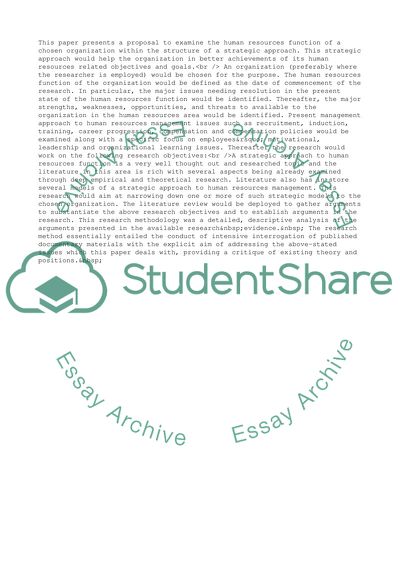Cite this document
(Strategic Management Approaches Case Study Example | Topics and Well Written Essays - 2679 words - 8, n.d.)
Strategic Management Approaches Case Study Example | Topics and Well Written Essays - 2679 words - 8. Retrieved from https://studentshare.org/management/1709851-strategic-management
Strategic Management Approaches Case Study Example | Topics and Well Written Essays - 2679 words - 8. Retrieved from https://studentshare.org/management/1709851-strategic-management
(Strategic Management Approaches Case Study Example | Topics and Well Written Essays - 2679 Words - 8)
Strategic Management Approaches Case Study Example | Topics and Well Written Essays - 2679 Words - 8. https://studentshare.org/management/1709851-strategic-management.
Strategic Management Approaches Case Study Example | Topics and Well Written Essays - 2679 Words - 8. https://studentshare.org/management/1709851-strategic-management.
“Strategic Management Approaches Case Study Example | Topics and Well Written Essays - 2679 Words - 8”. https://studentshare.org/management/1709851-strategic-management.


